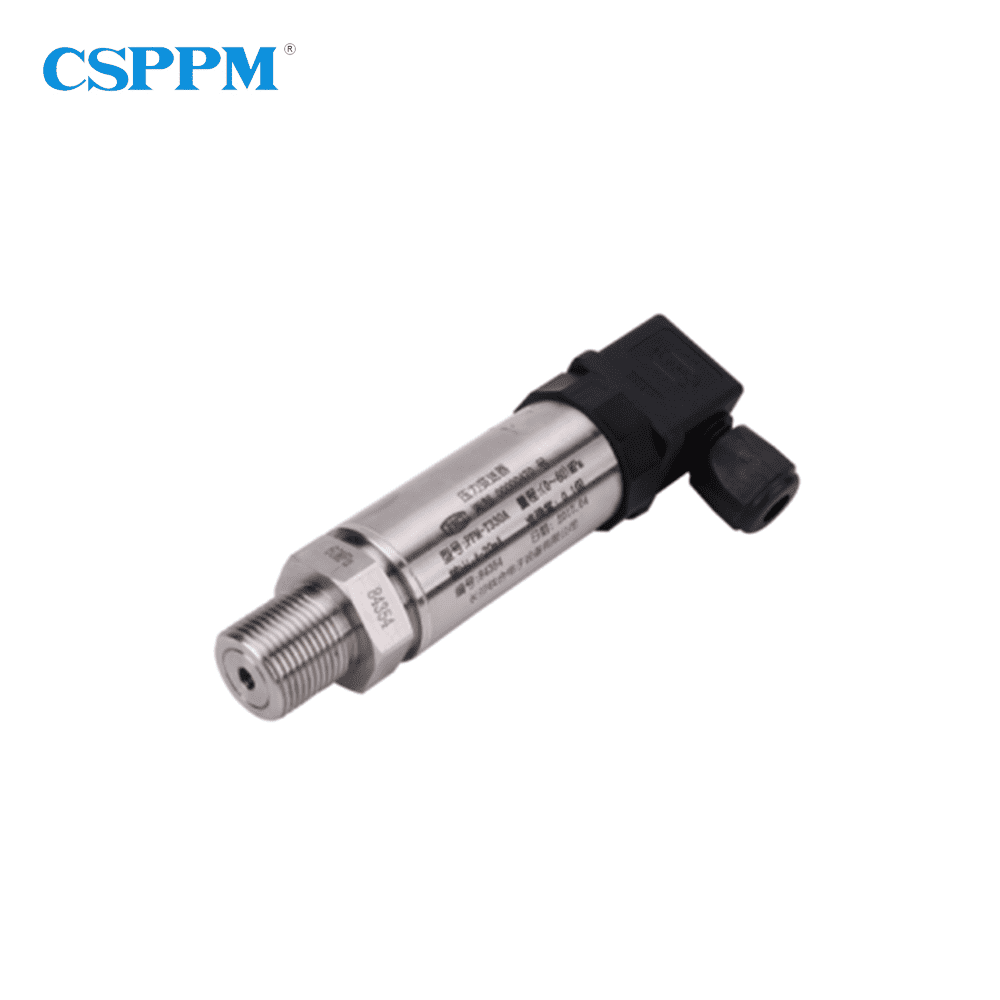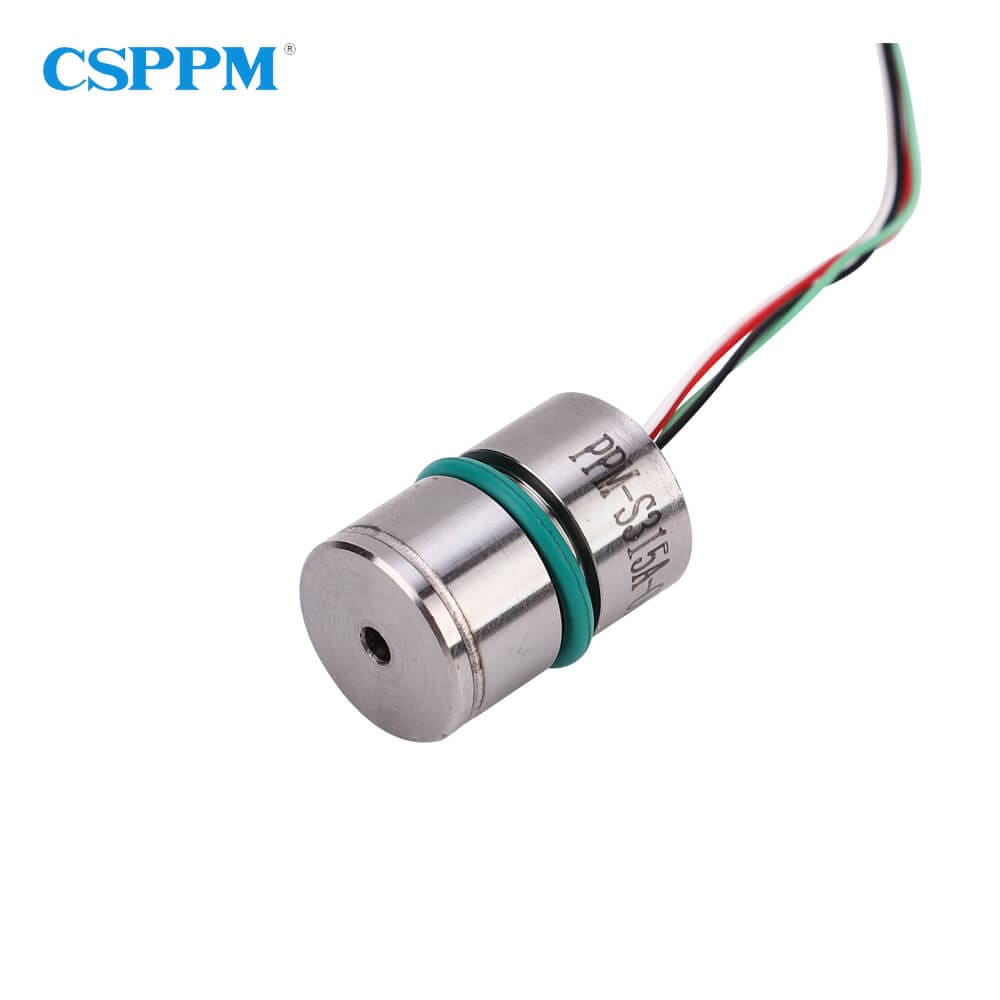Introduction – Why the Fuss About Measurements?
Imagine a factory setting—machines whirring, the heat rising, and processes hinging on accuracy. In such environments, accuracy matters. But here’s the kicker—many still rely on outdated methods. Enter the high temperature pressure sensor; it’s crucial for precise measurements, especially under challenging conditions. In fact, erroneous readings can lead to costly power losses and safety hazards. Yet, why do failures always occur during high-stakes operations? It’s often due to inadequate sensor technology that can’t handle the heat. What’s the answer to all this? We’ve got some insights to share below.

Traditional Solutions—Where Do They Fall Short?
Many manufacturers cling to traditional sensors, which, while reliable, often falter in extremely high temperatures. These outdated models tend to have a limited operational range—like old wine that doesn’t preserve well, they spoil under pressure. This results in inconsistent data, causing ripples in production. Moreover, they can fail unexpectedly, halting operations and leading to significant losses. It’s as though they’ve become relics, unable to cope with the modern demands of industry.
New Technologies—A Silver Lining Awaits
The advent of new technologies has transformed the landscape. High temperature pressure sensors employ advanced materials and innovative designs, allowing for greater resilience. These sensors utilize smart algorithms to filter data, detecting anomalies before they can cause harm. It’s like having a seasoned guide through the turbulent waters of industrial processes, ensuring every measurement is spot-on. This shift in technology isn’t just a gimmick—it’s a game-changer that integrates seamlessly into modern setups.
Benefits for Users—You Won’t Believe the Difference
Quantifying user benefits is where the excitement lies. Users report up to a 30% increase in operational efficiency. Imagine that—less downtime, smoother processes! Moreover, these sensors often boast longer lifespans, decreasing replacement frequency, which ultimately saves money. Look, it’s simpler than you think; the return on investment is almost instantaneous when transitioning to high-end solutions. So, what are the stakes? They’re high, but so are the rewards.
Conclusion – Your Next Steps
When approaching a high temperature pressure sensor, always verify these 3 metrics when choosing solutions: ① reliability in extreme conditions ② compatibility with existing infrastructure ③ cost-effectiveness over time. It is essential to make informed decisions to elevate your operational prowess. Remember, technology evolves—those who adapt thrive.
Exploring Low Temperature Pressure Sensors
Let’s pivot to another critical sensor type—low temperature pressure sensors. They play a pivotal role in various industries, especially where consistent, cold measurements are required. When evaluating options, referencing a high temperature pressure sensor might not suffice. So, why worry about low temperature variations? Because temperature fluctuations can affect fluid dynamics, leading to inaccuracies. Choosing a reliable low temperature pressure sensor guarantees precise readings even in challenging environments. In fact, these sensors can directly influence overarching processes, helping ensure smooth, error-free operations. Therefore, making the right choice can significantly bolster your performance metrics!

Understanding Steam Pressure Sensors
Now, let’s get steaming—quite literally! Steam pressure sensors are pivotal in many industries, especially in energy and food production. They measure critical parameters, ensuring everything operates within safe limits. So, what’s the importance? When steam pressure isn’t managed correctly, it can lead to disastrous consequences. Manufacturers often think they can manage without them, which is a grave mistake. Opt for a precise steam pressure sensor, and watch your efficiency soar! With real-time data at your fingertips, you can make faster, smarter decisions. Don’t underestimate the impact—it’s the lifeblood for maintaining product quality and safety.
Summarizing the Insights
In conclusion, mastering the realm of pressure sensors—from high temperature to low and steam pressure types—enables industries to transcend their traditional boundaries. Our exploration highlighted the distinct strengths of each sensor type and their relevance. When considering integration, look no further than CSSPM Sensor. This manufacturer provides unmatched supply advantages, ensuring quality and efficiency. Choosing the right sensors isn’t just about avoiding pitfalls; it’s about seizing the best opportunities to excel in your field. So gear up, and make the leap to sensor excellence!
